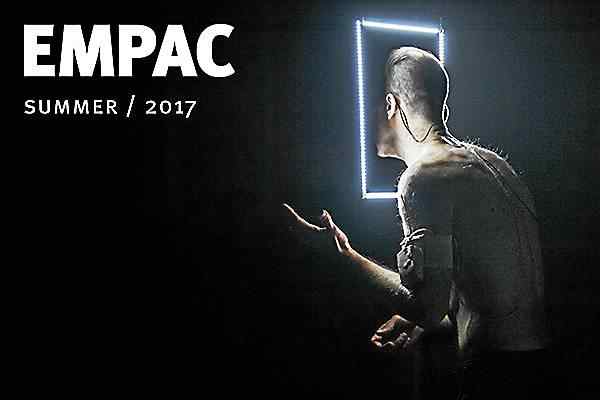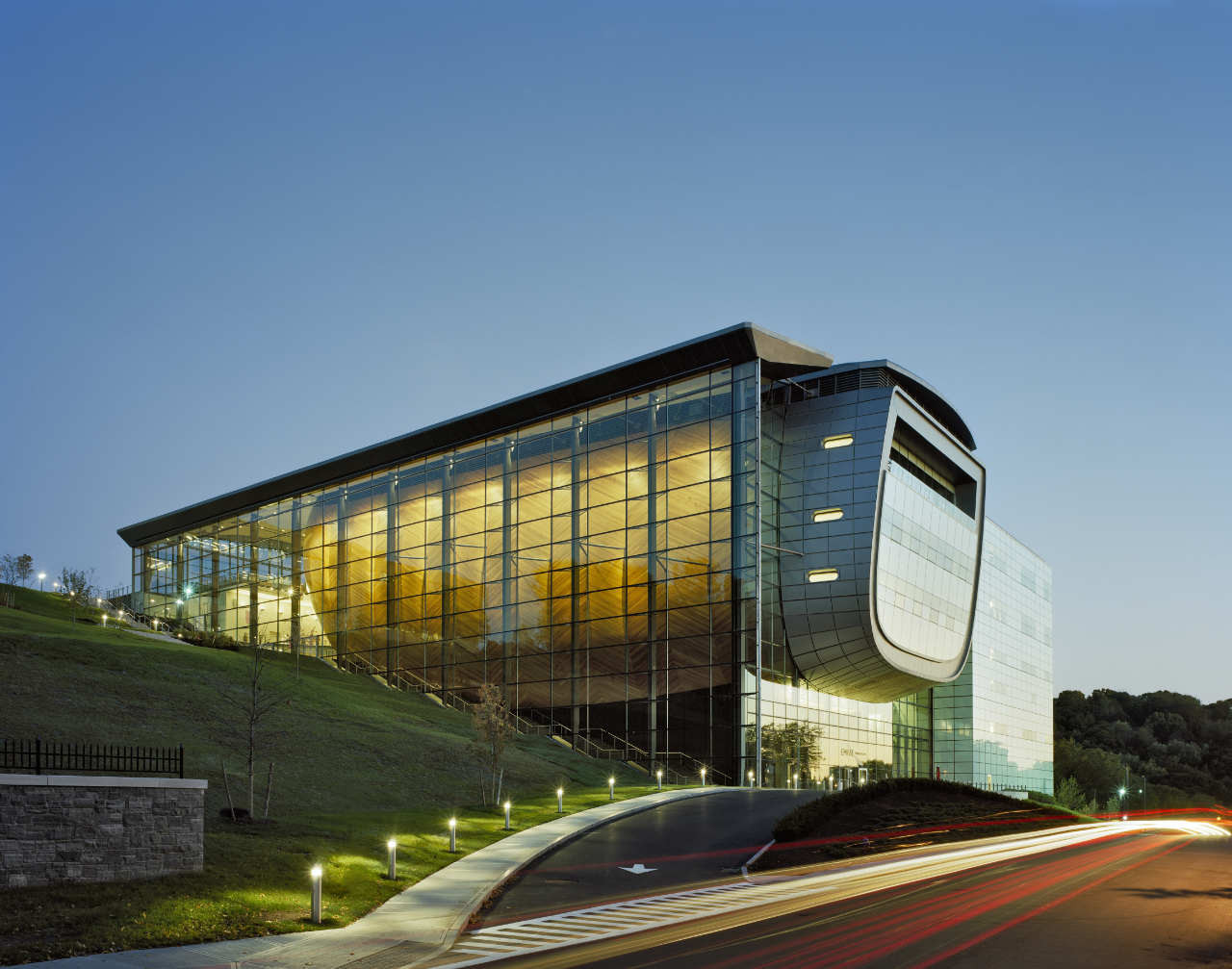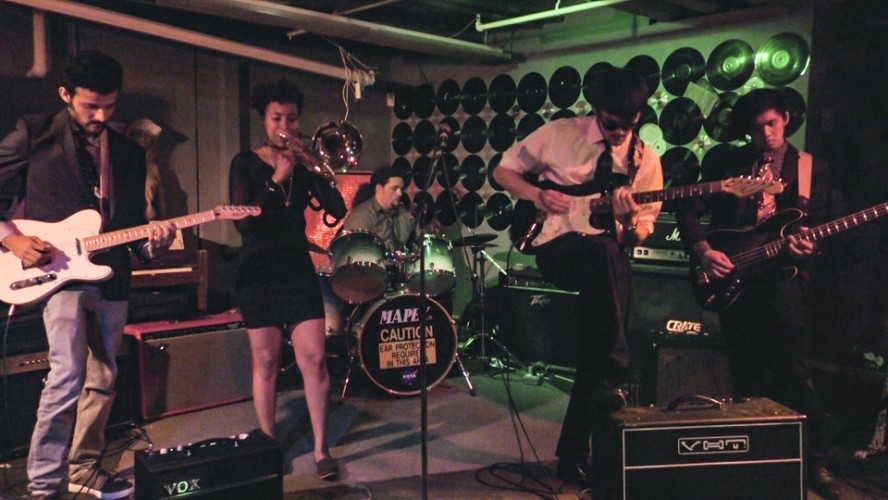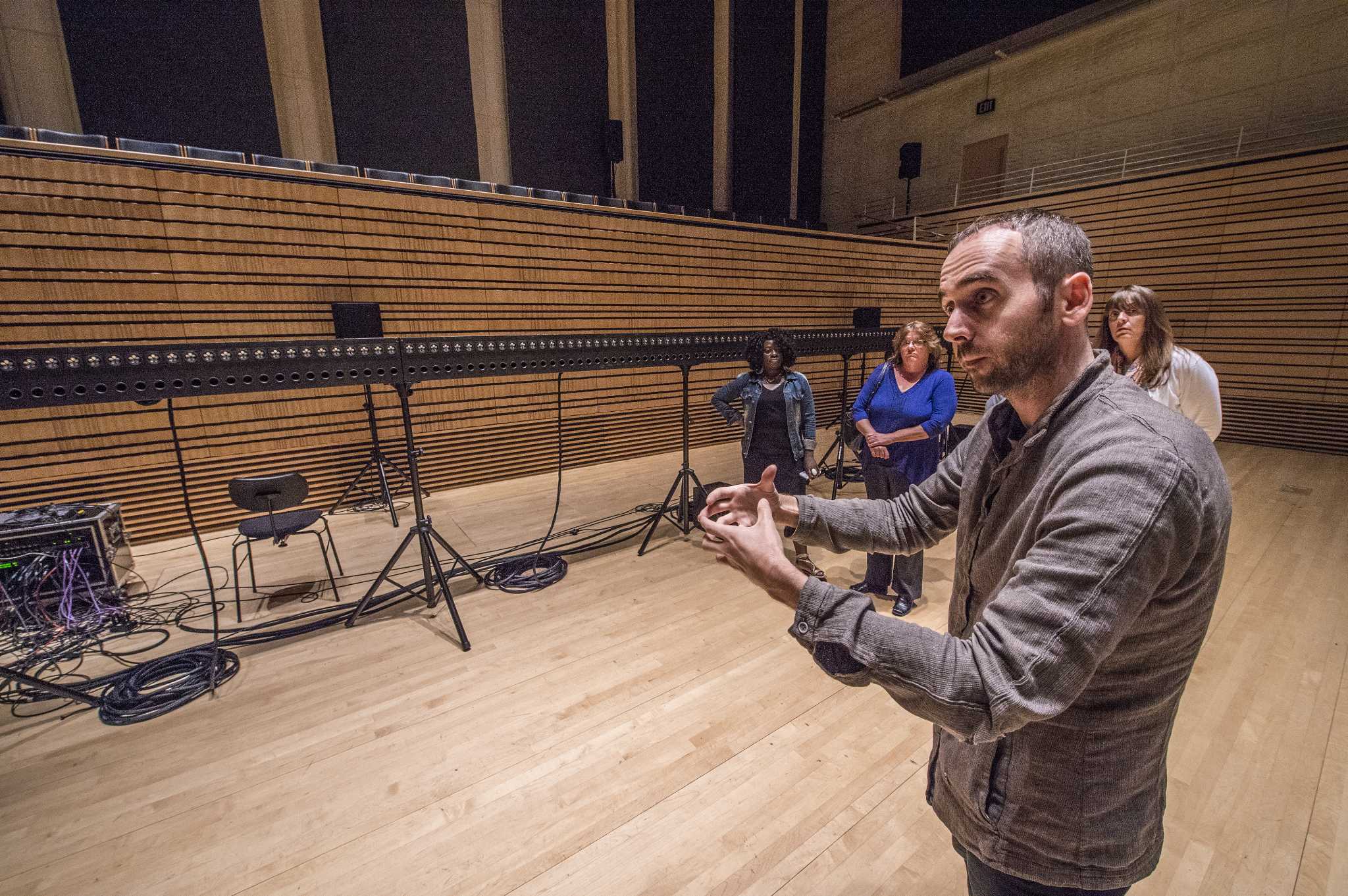The Experience of a Spatial Audio Performance (EMPAC, July 10th)
A Bit on Focus

It is important that we, as a people, have the ability to shift focus between a variety of things: between an object on the left and an object on the right, between concrete and abstract, between present and past, and even between what is and what could be. It becomes a useful skill to have the control of mind to consciously transition between the two, for it enables artists and architects to sketch, dancers and choreographers to spatially design, and programmers just to look at pseudocode and know what they’ll be syntactically creating moments later.
And it’s useful for writing reviews of experiences that attacked the senses a day before.
Comment on EMPAC

The Curtis R. Priem Experimental Media and Performing Arts Center is a place that separates itself from the rest of Rensselaer. Unlike the materials science/engineering centers and biomedial research center, EMPAC serves as a place for world-class musicians to flourish, and for developing students of music to perform.
For me, EMPAC is one of the last few places where creative arts at RPI has a place to shine, albeit an expensive one compared to the more independent Ground Zero Basement

that held numerous student-run performance nights for new, exploring, or just curious students. With a giant egg at its core and some smaller but considerable performance theaters supporting, EMPAC allows for audio engineering technology to meet with artists to create many wonders.
Wavefield Synthesis Performance at EMPAC, July 10, 7PM

How I Experienced It
The show opened and closed with brief speeches delivered by the performance arranger, Markus Noisternig. Whose name was spelled incorrectly on the posters attached to the outer doors of the building, funnily enough.
After listening to Benny Sluchin perform a song from the year 1984 that involved a single instrument being used to produce enough delayed and looped sound to give the impression that several more brass instruments were providing rhythm for him, the lights dimmed. As sounds began to pour in from our left side, I decided to try something.
At the front of the room, above the stage, was a wall filled with columns of black and white. I stared at it for a half a minute, and began to see the black shudder, rippling against the patches of white. Because this was happening while quick, squeaky sounds rushed out from the sides, I could have sworn I was watching things begin to emerge from the dark. I glanced at the walls and saw the green neon “EXIT” sign merge with the wooden boards it was meant to cover. My eyes were messing with me. Ultimately I only saw ripples. On came the third song.
When I entered the theater I had not seen the program of what songs were going to be played. I didn’t know what to expect. The first song was delightful, kind of like a walk through a forest with light shining down above. The second? Creepy, like a mouse rushing to find a dark corner of a cabin. My fear had compounded greatly in those minutes, and I had imagined there was nothing more I could possibly fear. I think the audience thought so, too. So I was surprised when I heard a child’s voice wail in the distance of this piece (this link is only an excerpt, unfortunately).
So I was surprised when I heard a child’s voice wail in the distance of this piece.
As for the last song? It involved a choir… of sorts. To me, it was more pleasant to hear their voices with a heavy bell tolling than a child calling out.
Final Remarks
All in all, it was an exciting time to watch new audio technology use sound to create an experience that could’ve been occurring right next to you in real life. Its effects on the audience were tremendous and powerful. And when tested with the senses, it makes for strange spirits in the night.
